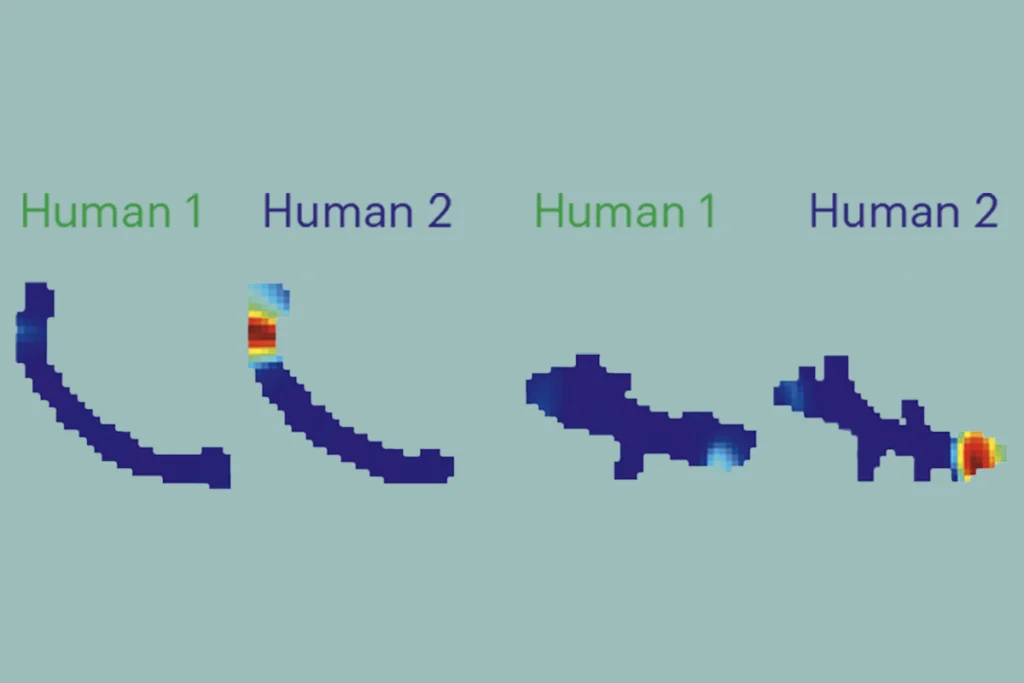Sneha Khedkar is a freelance science journalist based out of Bengaluru, India. She writes about health and life sciences. Her work has appeared in Scientific American, Knowable Magazine, New Scientist and The Scientist, among other publications. She completed an M.Sc. in biochemistry at the Maharaja Sayajirao University of Baroda, after which she was a research fellow studying stem cells in the skin. Her website is https://www.snehakhedkar.com/.

Sneha Khedkar
Contributing writer
From this contributor
Egyptian fruit bats’ neural patterns represent different experimenters
The findings underscore the importance of accounting for “experimenter effects” on lab animals.

Egyptian fruit bats’ neural patterns represent different experimenters
Explore more from The Transmitter
Not playing around: Why neuroscience needs toy models
Amid the rise of billion-parameter models, I argue that toy models, with just a few neurons, remain essential—and may be all neuroscience needs.

Not playing around: Why neuroscience needs toy models
Amid the rise of billion-parameter models, I argue that toy models, with just a few neurons, remain essential—and may be all neuroscience needs.
Psychedelics research in rodents has a behavior problem
Simple behavioral assays—originally validated as drug-screening tools—fall short in studies that aim to unpack the psychedelic mechanism of action, so some behavioral neuroscientists are developing more nuanced tasks.

Psychedelics research in rodents has a behavior problem
Simple behavioral assays—originally validated as drug-screening tools—fall short in studies that aim to unpack the psychedelic mechanism of action, so some behavioral neuroscientists are developing more nuanced tasks.
New organoid atlas unveils four neurodevelopmental signatures
The comprehensive resource details data on microcephaly, polymicrogyria, epilepsy and intellectual disability from 352 people.

New organoid atlas unveils four neurodevelopmental signatures
The comprehensive resource details data on microcephaly, polymicrogyria, epilepsy and intellectual disability from 352 people.